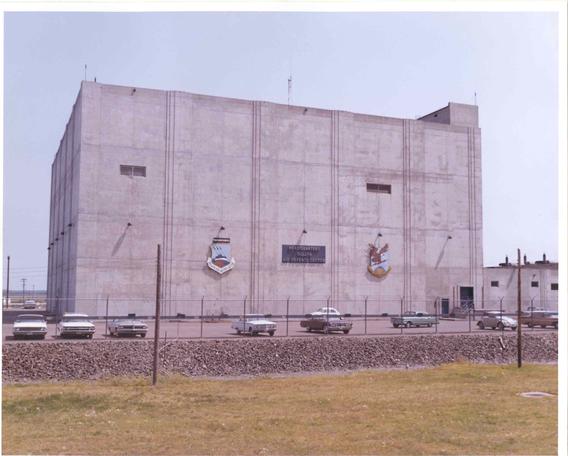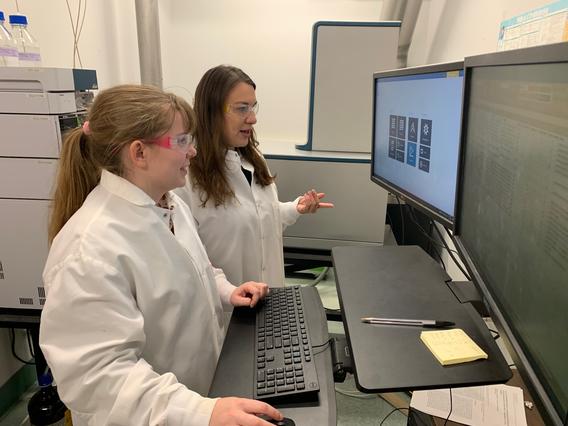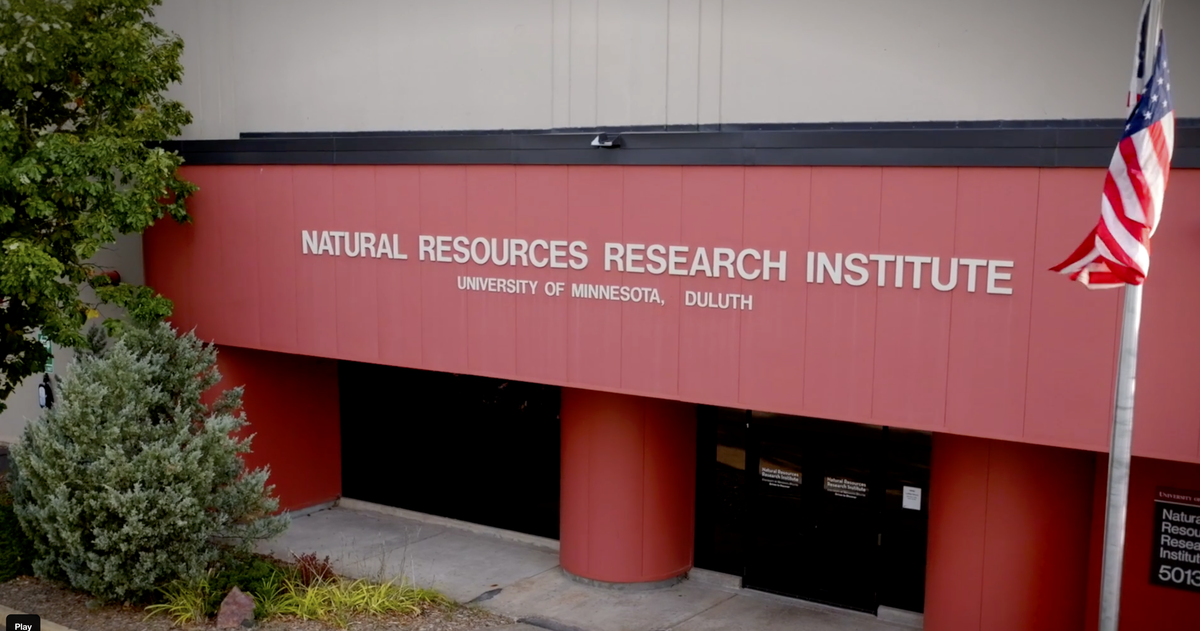It was not an easy task to transform a bomb shelter – designed to house a 1950s air defense computer – into a 1980s research and development facility.
Fast-forward 40 years… add microcomputers, the internet, climate change, evolving industries… and that same building is struggling to meet the expanding research needs of today’s natural resource-based industries while addressing economic and environmental challenges.

Increased demand for NRRI research is pushing the limits of available lab space and aging infrastructure. And that is the crossroads where NRRI’s Technical Operations Team kicks in. They meet daily in their varying roles – facilities, safety, quality, financial – to allow NRRI researchers to focus on what they do best…research.
“They’ll come to us with new grants that require new lab space and new equipment to be installed to deliver our research,’” said Kevin W. Kangas, NRRI Director of Technical Operations. “So Tech Ops has to get creative and come up with a short-term solution so they can get to work.”
The shortage of space at NRRI’s Duluth facility can be baffling to those not familiar with it. The concrete structure is huge – about 112,000 square feet and 75 feet tall – with four floors of cavernous spaces. But what’s lacking is enough properly designed laboratory research space with necessary air handling equipment and other infrastructure. And those bomb-proof, 16-inch, solid concrete walls make it difficult, and expensive, to add more.
“Our research involves various chemicals and sophisticated instrumentation that require exhaust hoods to meet safety requirements,” said Jean Cranston, NRRI’s Safety, Quality and Training Manager. “We simply can’t do this work in unventilated areas.”
Squeezed for Space
The good news is that NRRI’s applied research model is gaining increased attention from state and federal agencies, national labs, industry and other stakeholders.

A recent example is $3 million in funding from the Environmental Protection Agency in 2021 to document legacy and emerging chemicals of concern in the Great Lakes. This work requires use of sensitive, highly sophisticated liquid chromatography/triple quadrupole mass spectrometer instrumentation. This equipment can grab a snapshot of complex mixtures of compounds present in environmental samples.
The only space where proper venting could be installed was in a small storage room adjacent to a chemistry lab. And now the demand for this equipment is so great that NRRI needs a second.
“That’s some pretty sophisticated equipment to keep in a closet, and our scientists are being very patient and accommodating with these crowded conditions,” said Kangas. “We’re working out where the second one will go. At some point, our creativity can only take us so far.”
The Financial and Administrative Operations team works hard to get equipment ordered and delivered in time to support critical research programs.
“We work closely across the Operations effort to coordinate equipment delivery with installation and safety commissioning – the logistics are a daily activity,” Kangas added.
Cleaning House
Executive Director Rolf Weberg has already directed substantial improvements to the Duluth facility. A fourth-floor conference room – with two highly valued windows – is now a staff break room with a view. Other spaces in the building have been transformed into conference rooms with Zoom-ready monitors. And shared workstations have been added for those with remote/in-office hybrid schedules.
The Duluth lobby has also been remodeled and updated, with two workstations for the busy lobby staff. And a door was added behind the lobby desk for added security. The oversized elevator has been refurbished and “cleaning house” has been a top priority to make room for new technologies, processes and people.
“In the past three years, we’ve added 30 full-time staff in Duluth to support our research,” said Weberg. “Our people are our most valuable asset – providing safe, adequate research space and a good work environment is top priority.”
Planning Ahead
NRRI’s Duluth facility infrastructure and condition has been evaluated via the University’s capital planning process. The feasibility study shows that, in addition to an upgraded air handling system, the plumbing and mechanical systems need to be replaced.
“The past investments in this building over the decades have been substantial, and we want to continue to respect the legacy entrusted to us by the University and the State,” said Kangas.
A first step in continued investment is a pre-design study to outline the scope and cost of the work that needs to be done in a phased plan. And NRRI leadership knows it will be expensive.
“But we also know that keeping this building viable is less expensive than building a new research facility. And we’re committed to meeting our mission for the State of Minnesota in this building,” Kangas added. “But it’s just operating beyond its original scope.”
Weberg is continuing his conversations with the University system, legislature and partners to help the building keep pace with their needs and provide the service they’ve long received from NRRI.
“We look forward to exploring ways to accelerate the continued evolution of NRRI’s capacity to deliver to Minnesota and the region,” he said.
